Foxnut (Makhana) Global Usage: From India to the World
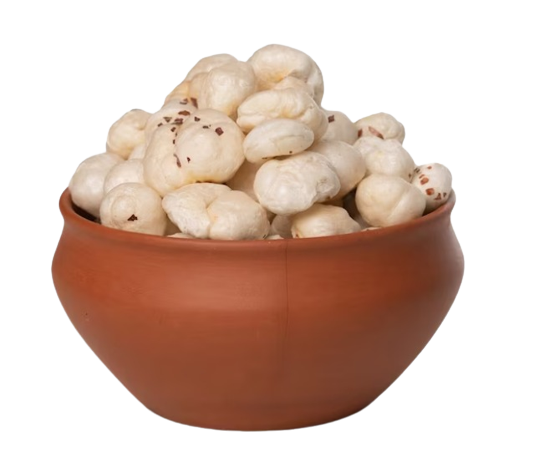
Nature is a bountiful provider, bestowing upon us countless treasures that nourish our bodies and enrich our lives. One such treasure is Makhana, also known as Fox Nuts or Lotus Seeds, which has been cultivated in the hinterlands of India for centuries and recently gained global popularity due to its myriad health benefits. Today, we delve deep into the world of Makhana to explore its diverse uses and applications across the globe. Makhana Global Usages include its incorporation in various cuisines, its role in traditional medicine, and its recognition as a superfood in health-conscious communities worldwide.
Makhana, a native Indian superfood, has seen a paradigm shift in demand worldwide due to the rising awareness of its health benefits and nutritional profile. Rich in calcium, protein, magnesium, and potassium, fox nut production in world has become a preferred alternative to high-calorie, sugary snacks in many parts of the world. From China and Korea to Europe and the United States, Makhana has found a place in the daily diets of health-conscious individuals. This blog post aims to explore the global applications of Makhana, from culinary delights to traditional medicine and much more.
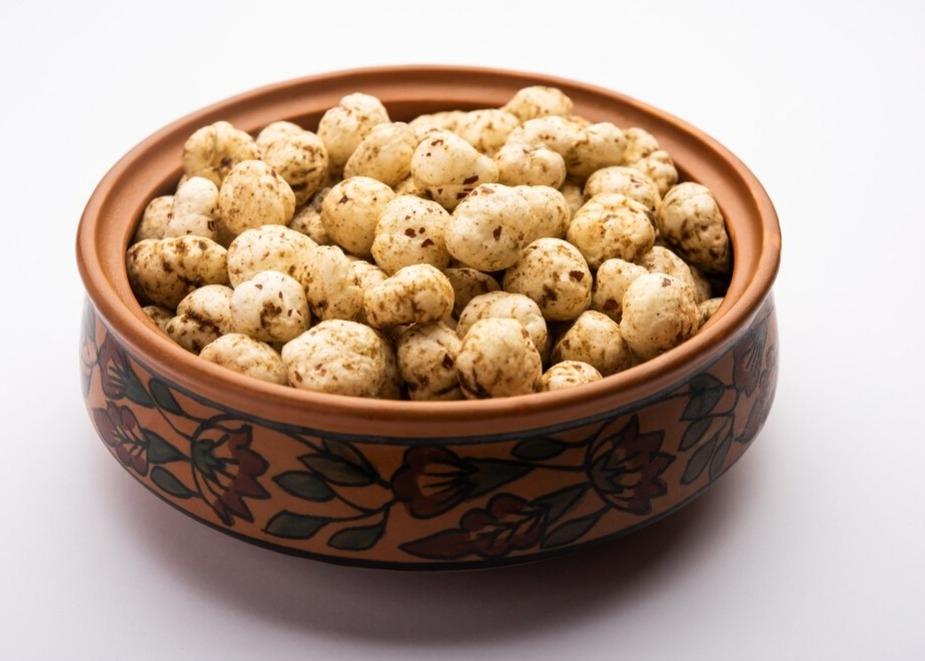
What are Makhana and Phool Makhana?
Makhana, also known as Phool Makhana, Fox Nuts, or Lotus Seeds, are seeds harvested from the Euryale Ferox plant, a type of water lily. In India, they are mostly cultivated in Bihar, which accounts for 90% of global Makhana production. Madhubani, a region in Bihar, has been awarded the prestigious Geographical Indication (GI) tag for Makhana, acknowledging its unique status as the hub of Makhana cultivation. For those interested in the import of foxnut, understanding the significance of Bihar’s role in production is crucial.
Benefits of Makhana and Phool Makhana
Makhana, also known as foxnut, is packed with the goodness of minerals and nutrients. It’s low in sodium and sugar, making it an ideal snack for those who are health-conscious or managing conditions like diabetes and hypertension. Among the many foxnuts uses, its high protein content promotes muscle strength and repair, while its rich calcium content aids in bone health. Additionally, foxnut is gluten-free and high in fiber, which aids digestion and helps maintain a healthy weight.
Culinary Uses of Makhana and Phool Makhana
Across the world, Makhanas find their way into kitchens in various forms. They can be eaten raw, roasted, or popped, and incorporated into a wide array of dishes, from main courses and desserts to snacks.
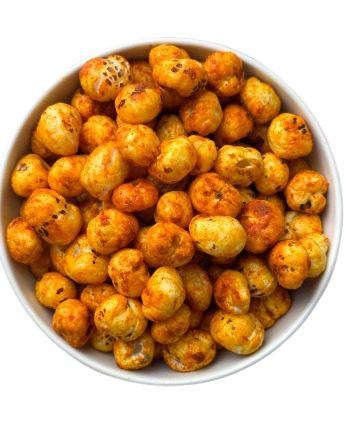
Makhana Snacks
In urban India, Makhana has become a favorite healthy snack. Roasted Makhana snacks are easy to make and can be flavored with a variety of spices and seasonings. They offer a crunchy, satisfying alternative to fried snacks and their high fiber content keeps you feeling full for longer.
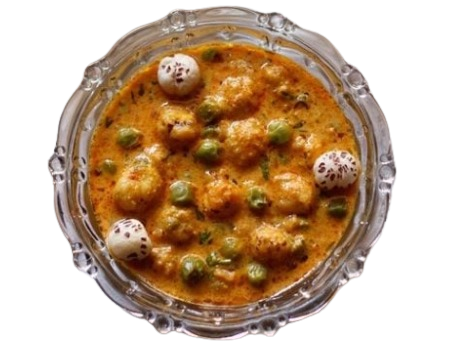
Makhana Curry
Makhana curry is a popular dish in North Indian cuisine. The soft, spongy texture of the Makhana pairs well with the rich, aromatic gravy, creating a dish that is both delicious and nourishing. This versatile ingredient can also be added to other types of curries and stews
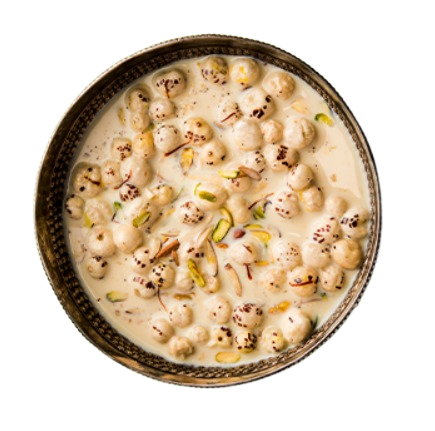
Makhana Kheer
Makhana Kheer, a creamy dessert made from milk, Makhana, and sugar, is a traditional Indian delicacy. The Makhana lends a unique, slightly nutty flavor to the kheer, making it an unforgettable treat for the taste buds. It's often prepared during festivals and special occasions.

Makhana Chaat
Makhana Chaat is a tangy, spicy snack that combines roasted Makhana with fresh vegetables and chaat masala. It's a popular street food in many parts of India, offering a healthier alternative to traditional chaats made with fried ingredients.
Health and Nutritional Benefits of Makhana and Phool Makhana
The health benefits of Makhana are numerous, ranging from heart health and weight management to diabetes control. Its low glycemic index makes it ideal for those managing blood sugar levels, while its high protein content supports muscle health. With the growing awareness of these benefits, the Makhana market in India is expanding rapidly. Let’s explore these benefits in more detail.

High in Protein
Makhanas are a rich source of plant-based protein, making them a great option for vegetarians and vegans. Regular consumption of Makhanas can help meet daily protein requirements, support muscle growth and repair, and aid in overall health and well-being.

Low in Fat
Despite their rich nutrient profile, Makhanas are surprisingly low in calories and fat. This makes them an excellent snack choice for those trying to lose weight or maintain a healthy weight. Despite their rich nutrient profile, Makhanas are surprisingly low in calories and fat.

Rich in Antioxidants
Makhanas are packed with antioxidants that protect the body against oxidative stress and inflammation. Regular consumption of antioxidant-rich foods like Makhanas can help prevent chronic diseases such as heart disease, diabetes, and certain types of cancer.

Promotes Digestive Health
The high fiber content of Makhanas aids in digestion and promotes a healthy gut. Dietary fiber adds bulk to the diet, helping to prevent constipation and promote regular bowel movements. It also helps to keep you feeling full.
Beauty and Skincare Uses of Makhana and Phool Makhana
Makhanas aren’t just good for your health; they’re also beneficial for your skin and hair. The antioxidants in Makhanas help protect the skin from environmental damage, while their high protein content supports healthy hair growth.

Nourishing Face Mask
Ground Makhana can be used to make a nourishing face mask. Simply mix it with yogurt or honey to create a paste, apply it to your face, and let it sit for 15-20 minutes. This mask can hydrate and rejuvenate your skin, leaving it soft, supple, and glowing.

Hair Conditioning Treatment
Makhana can also be used to make a natural hair conditioner. Mix ground Makhana with coconut oil and apply it to your hair and scalp. Leave it on for about an hour, then rinse it off with warm water. This treatment can leave your hair soft and shiny.
Traditional and Medicinal Uses of Makhana and Phool Makhana
Makhanas have been used in traditional medicine for centuries, particularly in Ayurveda and Traditional Chinese Medicine. They are believed to have various medicinal properties, including balancing ‘Vatta’ and ‘Pitta’, improving sperm count, aiding in male fertility, and helping with diseases like heart attacks, diabetes, and hypertension.
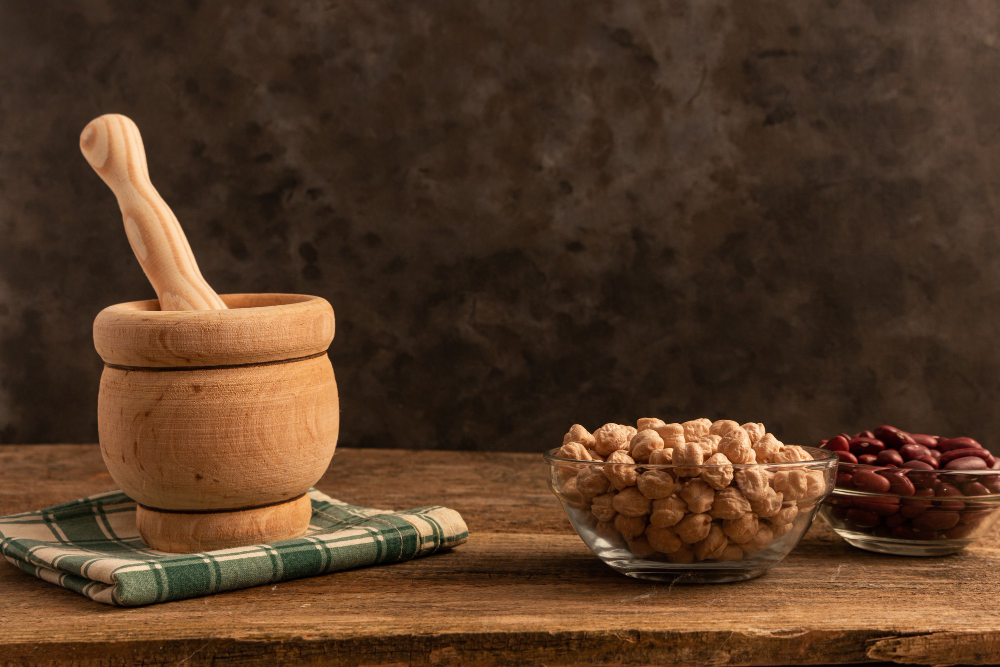
Ayurvedic Remedies
In Ayurveda, Makhanas are used in various remedies due to their health benefits. They are often taken with Ashwagandha powder, Yashtimadhu, and Vidarikand for enhanced effects. Makhanas are also used to help fight diseases, remove toxins, and balance the doshas in the body. For instance, they can help increase sperm counts and aid in male fertility.

Traditional Chinese Medicine
In China and Japan, Makhanas are considered a valuable ingredient in traditional medicines. The consumption usage and pattern of Makhana seeds and flakes are very similar in these two countries. Chinese medicines use lotus seeds extensively due to their numerous health benefits. It is believed that Makhana seeds can help with respiratory diseases, indigestion, &strokes
Other Uses of Makhana and Phool Makhana
Besides their culinary and medicinal applications, Makhanas have other interesting uses as well. They are used in religious ceremonies and for decorative purposes.
Use in Religious Ceremonies
In India, Makhanas are often used in religious ceremonies. They are offered to deities and used to make garlands for gods and goddesses. In the northeastern state of Manipur, where they are known as thamchet, lotus seeds are eaten raw during religious festivities.
Decorative Uses
The attractive, pearl-like appearance of Makhana seeds makes them a popular choice for decorative purposes. They can be strung together to create garlands or used in craft projects. Their unique texture and color add an element of natural beauty to any decoration or design.
Makhanas, or Phool Makhanas, are an exemplary testament to nature’s bounty. This humble seed, native to India, has found its way into kitchens, medicine cabinets, and hearts across the globe. From being a versatile culinary ingredient and a powerhouse of nutrition to playing a role in traditional medicine and beauty treatments, Makhana’s uses are as diverse as they are impressive.
Final Thoughts on the Versatility of Makhana and Phool Makhana
With their expansive range of applications and impressive health benefits, it’s no surprise that Makhanas have captured the attention of people worldwide. Notably, the largest producer of makhana, India, has played a significant role in this trend. Their growing popularity is a testament to their versatility and the increasing global focus on healthy, sustainable living. Whether you’re seeking a nutritious snack, a natural beauty treatment, or a time-tested medicinal remedy, Makhanas has something to offer everyone. So, the next time you see these little pearls, remember, that they’re not just seeds; they’re tiny nuggets of goodness that connect us with traditions, cultures, and health practices from around the globe.